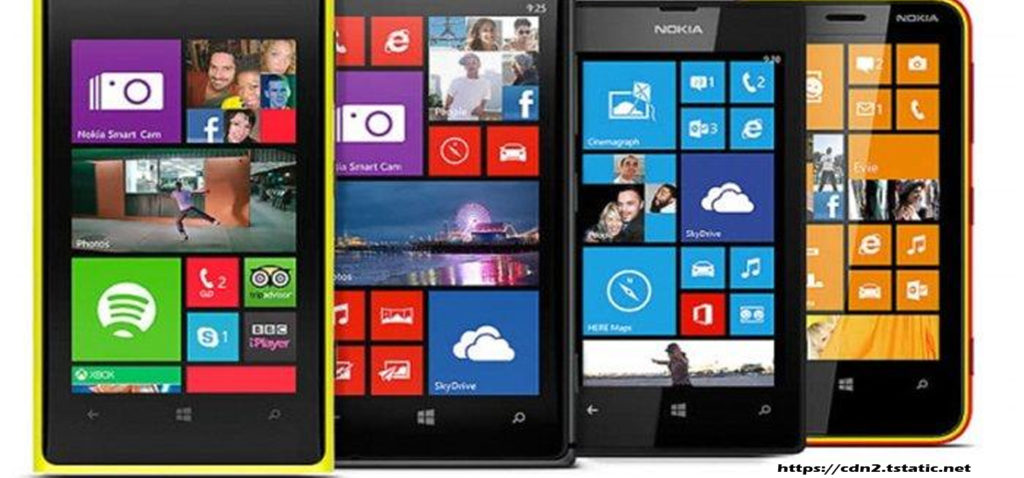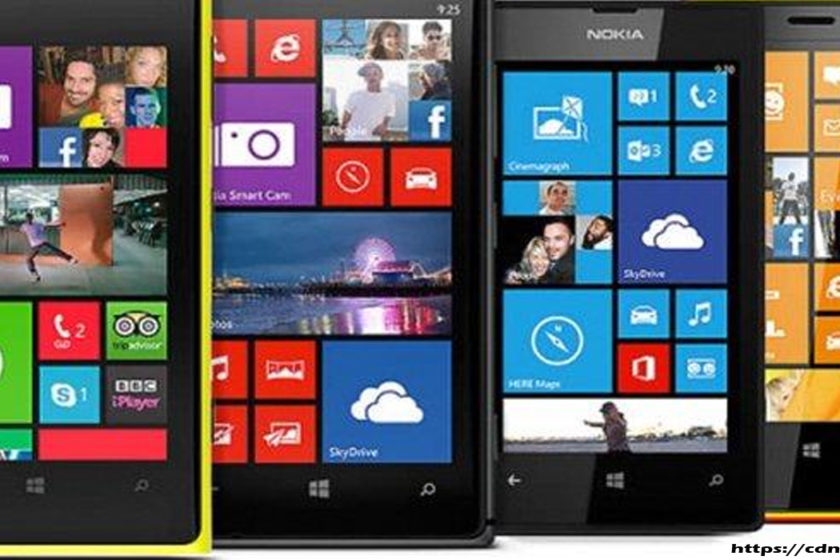
High-end mobile phones, also typically referred to as smartphones, are increasingly becoming strongly related businesses. It is not uncommon for companies to align their business and software strategies using the technology developments, which smartphone use is one of several reigning trends. Given their greater built-in functionalities, smartphones make it easier for everybody in the commercial arena – in the primary decision-makers for the working professionals – to do and accomplish things quicker.
Smartphones have grown to be a relentless companion of CEOs and workers alike who want to keep themselves organized without having to possess a lot of bulky gadgets. These days, handsets are “smart” enough to offer flexibility with tasks, for example, taking and reviewing notes; setting appointments; or reviewing documents and contracts – all while its user is on the road.
Smartphone functionalities that have been proven to be highly useful for enterprises include map access, satnavs, and information sharing features, all of which have become indispensable tools for international business marketing while taking entrepreneurs a step in advance of their daily schedules.
Quite expectedly, smartphone use has seen an upsurge recently, indicating an unrelenting expansion of the smartphone market. A global leader in information and data measurement Nielsen reports that 62% of handset-using adults aged 25 to 34 own and make use of smartphones.
A related report fresh from research and advisory firm Gartner indicates within the third quarter of 2019, mobile device unit sales reached 440.5 million globally, showing an increase of 5.6 percent through the same period in 2018.
The “Business-friendlier” Smartphone
With smartphone adoption within the enterprise gaining its momentum, dominant archrivals iPhone and Windows Phone 7 or WP7 are parading their capabilities, seemingly outwitting one another in terms of features and design.
The first iPhone device was introduced by Steve Jobs in 2017 and released in the same year. The smartphone’s 5th generation – the iPhone 4S – was introduced about the 4th of October 2011. In the same week, Apple’s OS for handheld gadgets – iOS 5.0 – seemed to be launched.
Legions of enterprise-class users have been attracted to Apple, with developers making the iPhone much more durable and affordable. Apple’s iPhone, especially its latest 4S device, offers apps for several business needs while sporting a trendy design. It flaunts Siri, the intelligent voice recognition feature that has been included in the iPhone 4S core.
In a luxurious launch on November 7, 2019, Microsoft unveiled it is Windows Phone 7 or WP7 in Manhattan, flaunting its capabilities. Seemingly targeting to adhere to the dominance of Windows inside the desktop arena, WP7 is otherwise engaged to thwart the iPhone craze.
Tech research organization PCWorld notes that while Windows Phone 7 seems to be in “an underdog position” against competitors like Apple and Google, IT managers in the enterprise are gravitating on the device simply because it offers compatibility with software and tools from Microsoft, the leader in enterprise software.
In a differing review, InfoWorld, a leading info resource on emerging business technologies, notes that while WP7 carries a stunning and intuitive GUI, it fails to get results of their competitor iPhone – which amasses a world of capabilities. The review indicates how the WP7 won’t support Adobe Flash Player and websites which might be HTML5-based, which can be essential platforms and tools for businesses. On the other hand, the iPhone 4 supports virtually all except for Flash. As such, the said InfoWorld review underscores that WP7 might be a slick gadget, but it is not as business-friendly because iPhone is.
The battle of smartphones, as unofficially dubbed by tech watchers, is still rolling around in its infancy. Game-changing as they are, these devices are revolutionizing business and software strategies inside the enterprise environment with features that elevate how people conduct business.








